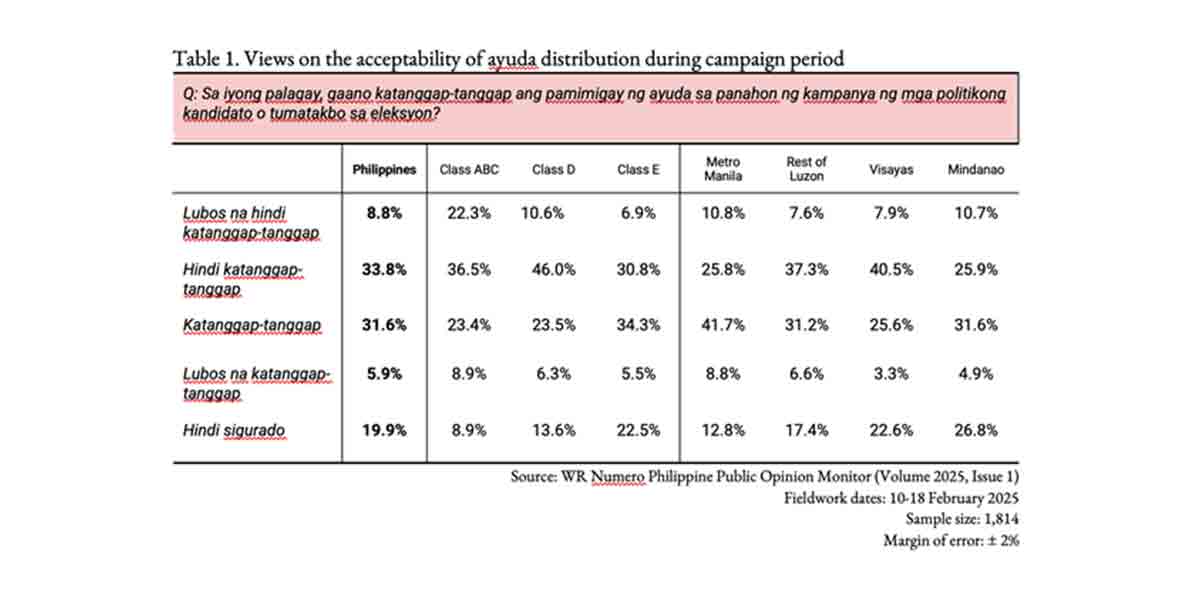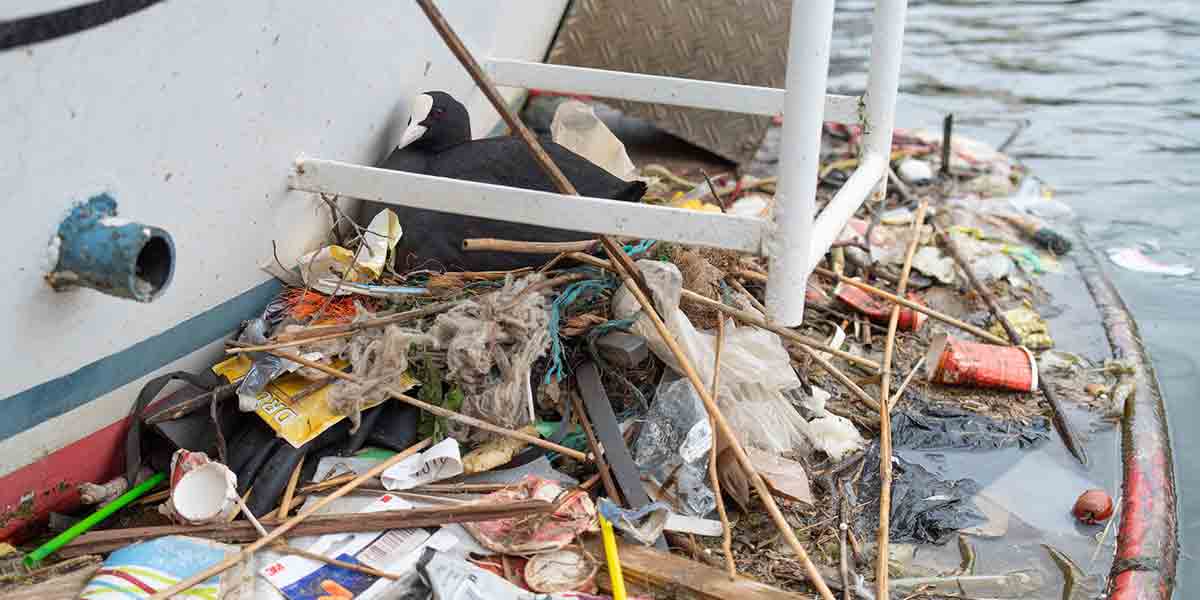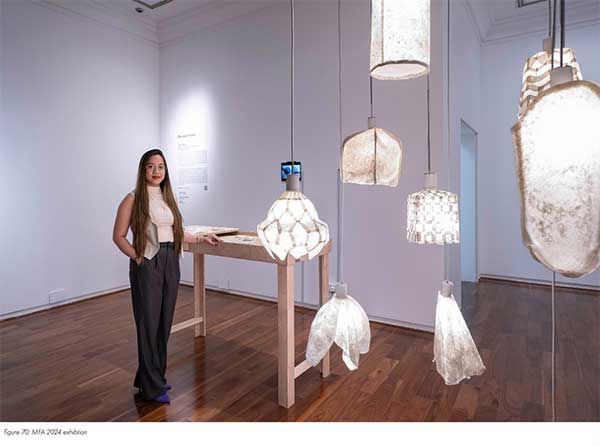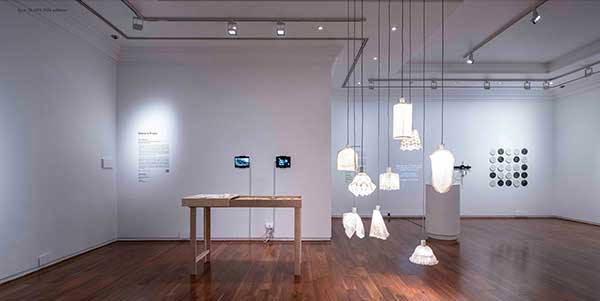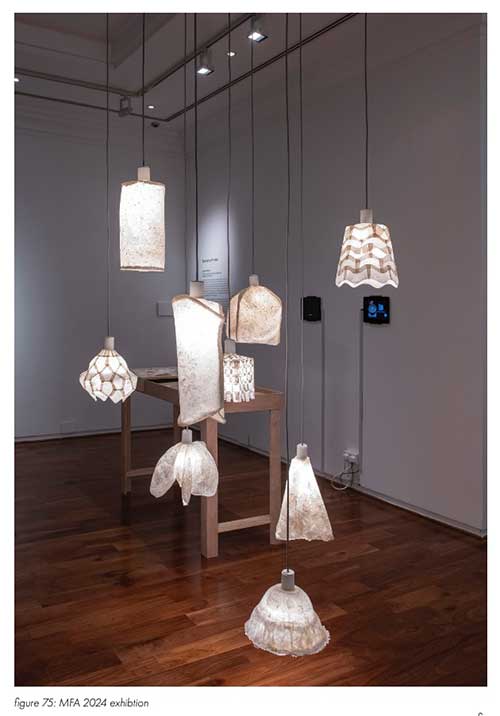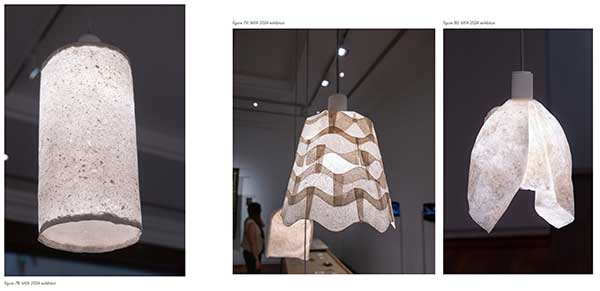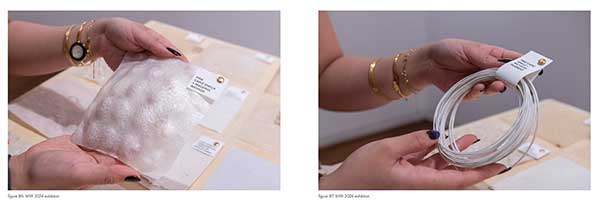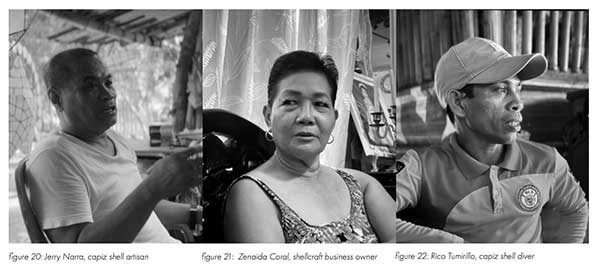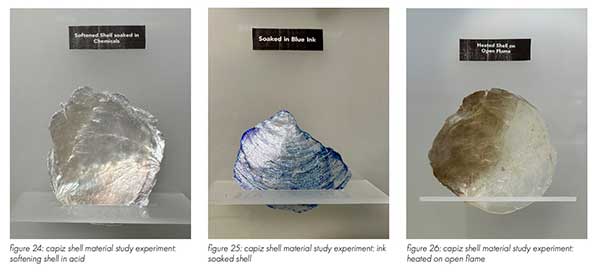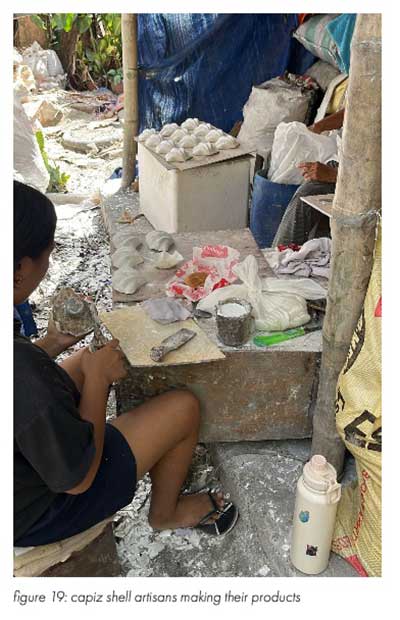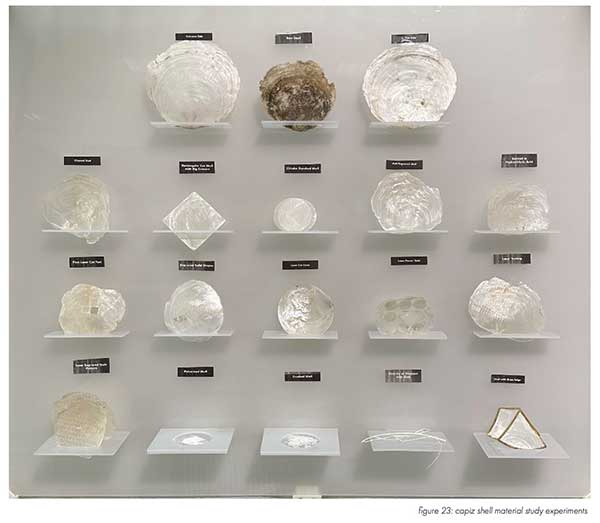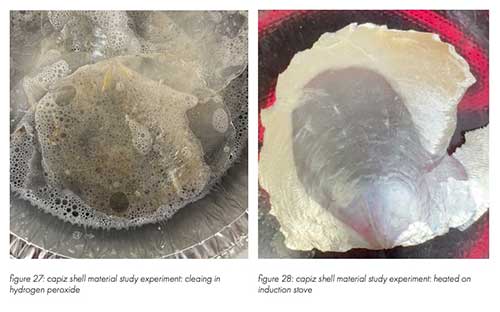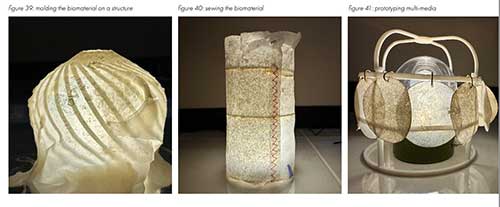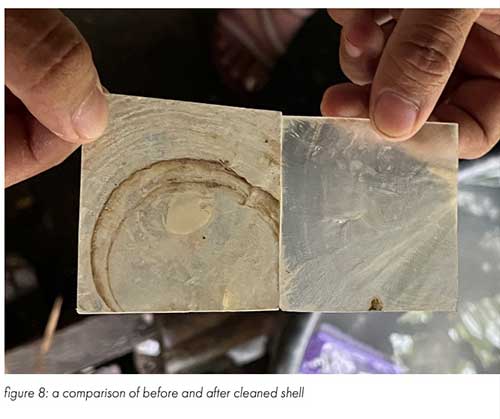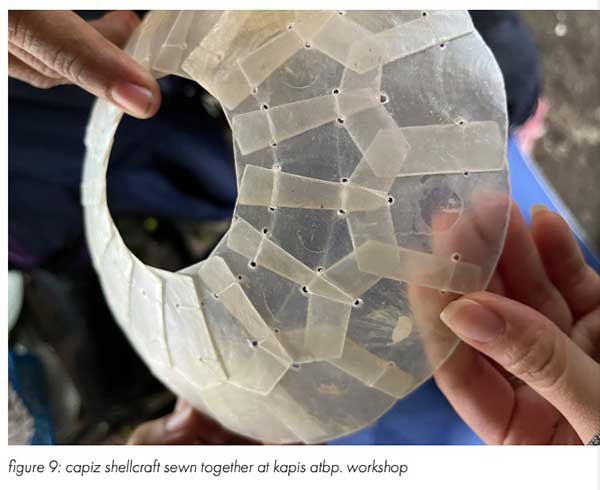By Destarte Alfaro Prieto
(UPDATED) Growing up in the heart of the Philippines, I was always surrounded by the beauty of capiz shells. These translucent, delicate exoskeletons from the Placuna Placenta mollusk have a rich history and cultural significance, particularly in my region Panay, and in the neighboring province of Capiz.
As a child, I would marvel at the intricate capiz shell windows in our ancestral homes, their iridescence casting a warm glow that felt almost magical. Little did I know that these shells would later become an integral part of my personal design journey, transforming my style and sense of identity.
Discovering Capiz: A Heritage Reborn
Capiz shells have been used in the Philippines for centuries, originally serving as window panes during the Spanish colonial era due to their translucent quality and durability. Over time, they became a staple in Philippine craftsmanship, adorning homes, churches, and various decorative items. However, the rise of cheap, mass-produced alternatives has threatened the traditional Capiz industry, leading to a decline in its use and appreciation.
My fascination with capiz began when I attended a local festival in Roxas City, Capiz province in the Philippines.
The streets were lined with vendors selling beautifully crafted capiz lanterns, jewelry, and home decor. One star lantern, in particular, caught my eye. It was made by Jerry Narra, a master craftsman with over 20 years of experience in the industry. Jerry’s intricate designs and passion for the craft were evident in every piece he displayed.
“I’ve seen the industry change so much over the years,” Jerry said. “But no matter how tough things get, I believe in the beauty and resilience of capiz. It’s part of our heritage.”
Incorporating Capiz into Design
Inspired by Jerry’s words and the stunning creations I saw, I decided to explore how capiz shells could be incorporated into product design. I began experimenting with small accessories – earrings, necklaces, and bracelets. The natural transparency and iridescence of capiz shells made them perfect for adding a touch of elegance and uniqueness to any outfit.
As my relationship with these shells grew deeper, I desired a more meaningful and conscious way the shells could benefit the industry and preserve its heritage for its future. I visited workshops and got to thinking about how I can innovate and be environmentally conscious to take this shell further. There, I found the workshop called Kapis atbp., a local business specializing in capiz shell crafts. I observed the craftspeople’s process, methods, and working conditions. A surprising yet basic observation was that these artisans generated a lot of by-products from the shell.
To create products, the artisans would cut individual shells into the desired shape of the design. This meant using only 40-60% of the shell, leaving the remainder as offcuts, or in other words, scraps.
These observations prompted me to look into ways these so-called ‘scraps’ can be repurposed and renewed. Thus, the capiz shell scraps were reborn into a biomaterial that holds the same properties: translucency, delicateness, and iridescence but is an eco-friendly alternative. With the biomaterial, there was a different approach to craftsmanship and limitation where the design can mimic the traditional capiz products but is not limited to the parameters of a 100mm surface area. This meant a new world of opportunities and ideas could enliven the capiz shells again.
Challenges and Triumphs
Working with Capiz shells was not without its challenges. The development of the material required continuous and rigorous fine-tuning to develop them into new products.
Through trial and error, I developed techniques to repurpose capiz shell offcuts and trimmings. The biomaterial is then treated similarly to fabric and can be sewn or even glued together but the most interesting part for me was it can be cast on different shapes. The lamp shades that are typically made with the raw capiz shells are now reimagined with this material. By adopting a zero-waste approach, I was able to honor the material and reduce the environmental impact of my designs.
A Design Statement with Purpose
My journey with capiz shells has been about more than just creating beautiful products. It’s been about reconnecting with my heritage, supporting local artisans, and promoting sustainable practices in the consumerism industry. Each piece I create tells a story of tradition, resilience, and innovation.
One of the most rewarding aspects of working with capiz shells has been the opportunity to collaborate with talented artisans like Jerry Narra. Their expertise and dedication to the craft have been invaluable in bringing my designs to life. Together, we have created a collection that celebrates the beauty of capiz and the rich cultural heritage it represents.
Looking to the Future
As I continue to explore new ways to incorporate capiz shells into the design industry, I am excited about the possibilities that lie ahead. There is so much potential for this versatile material, from everyday household items to high-end couture. By raising awareness about the beauty and sustainability of capiz shells, I hope to inspire other artisans, creatives, and artists to embrace this dynamic and conscious approach so we can keep our traditions and at the same time pursue trends and consumers’ interests.
In weaving capiz shells into my interests, I have not only found a unique style but also a deeper connection to my roots. The iridescent glow of capiz continues to inspire and guide my creative process, reminding me of the beauty and resilience inherent in our cultural heritage.
My journey with capiz shells has been a transformative experience. It has deepened my appreciation for traditional craftsmanship, challenged me to innovate and think sustainably, and allowed me to create designs that are both beautiful and meaningful. As I look to the future, I am committed to preserving and enhancing the legacy of Capiz shells, ensuring that their iridescent beauty continues to shine for generations to come.
This feature story was based on the author’s thesis which she submitted to the Virginia Commonwealth University in Qatar in partial fulfillment of the requirements for the degree of Master of Fine Arts in Interdisciplinary Design.
Ms. Prieto, who traces her roots to Cabatuan, Iloilo and Capiz earned her undergraduate degree (Summa Cum Laude) in Bachelor of Fine Arts (Graphic Design) also from the Virginia Commonwealth University in Qatar.

